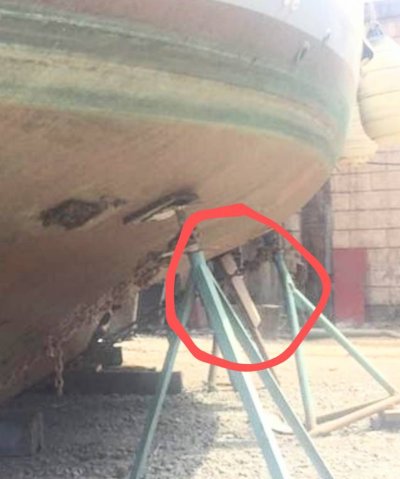Once the gyro fully spins up what's the on-going power need, isn't it like 1kW-hr? If you're planning on cruising a lot, then I'd ensure that the gyro can run off an inverter powered from the main engine, even if that means a dedicated alternator and inverter. When I was cruising a week at sea I would hate to have to run the genset 24/7.
Regarding to OP's original question about whether stabilization is needed or not, for a cruising boat (PNW to Caribbean sounds like "cruising" to me), the answer is YES. Of course. My big boat was 65ft, steel, low windage CoG, 50 tons, and damn did I wish I had stabilization of some sort. Especially at anchor off a beach. Especially in 5ft beam seas. Especially in 20ft+ seas. The only time I didn't feel the need was when running downhill, where a champagne glass wouldn't even spill, but that's a narrow range of about +/- 30°.
I'm not going to argue flopper stoppers versus active fins versus rolling chocks versus gyros. However, 100% you will NEED roll reduction of some form for a 43ft fiberglass cork traveling open ocean like you intend to.


